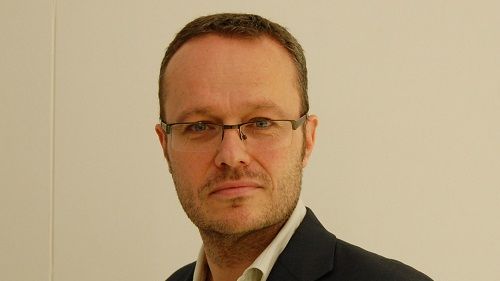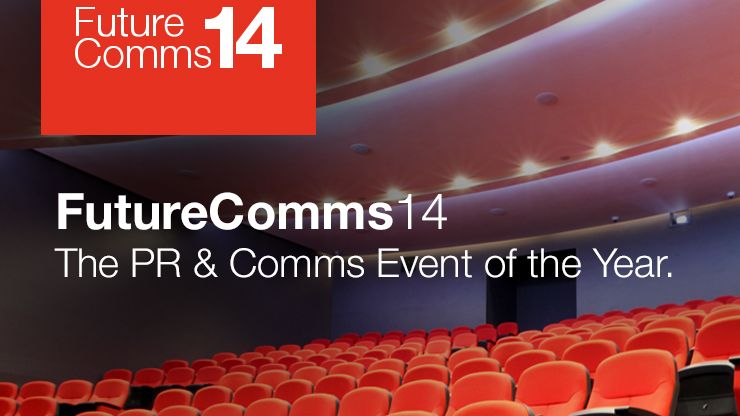
Blog post -
Content Marketing vs The Big Idea
Jon Bernstein is an award-winning journalist, editor and digital strategist. He was deputy editor, then digital director, at the New Statesman; multimedia editor at Channel 4 News; editor-in-chief of Directgov and editor-in-chief of dot com start up and technology website silicon.com. He gives a sneak peak of the debate he'll be chairing at FutureComms14 below...
‘Content Marketing vs The Big Idea’ will look at the ways companies communicate with their audience(s) either by publishing and hosting their own content (owned media which they hope will spread through earned media) or via native advertising, a relatively new twist on paid media.
Much of the focus will be on the former because content marketing of this type allows brands to build their own communities of customers and advocates and talk directly to them. Or at least that’s the promise. It is a classic example of internet disintermediation – cutting out the middle man. The middle man in this case is the media owner.
Having worked for the middle man as a journalist for over 20 years I remain to be convinced that content marketing will usurp traditional marketing or that the old relationship between brands and media owners will change significantly. Coexistence is a more likely outcome, preserving the need for great creative thinking (the ‘Big Idea’ as it is referred to in the debate title). A panel that includes representatives of two brands – Daniel Dodd from the National Trust and Emma Hart from O2 – and two wise PR men – Paul Sutton from Bottle and Justin Pearse from Bite – should be able to tease out the content marketing reality from the hype.
As a journalist I’m also intrigued – and apprehensive – about the role native advertising might play. To über blogger Andrew Sullivan it is akin to journalistic capitulation. He told DigiDay recently:
"It used to be an axiom that the job of journalists was to … sustain the clear distinction between advertising and journalism. One side has effectively surrendered."
Others will argue that native advertising is merely a natural extension of older forms of advertiser-involved products: advertorials and sponsored supplements among them. The operative phrase in Sullivan’s statement is “the clear distinction between advertising and journalism” and media owners, marketers and the PR industry have much to do to ensure readers and viewers understand the true nature of the relationship behind this type of content. That’s about labelling but also about being faithful to the editorial proposition and having clear policies and guidelines in place.
And for the credibility of the media owner but also (I suspect) the credibility of the brand, it must be about transparency, relevancy and quality content.
You can follow Jon Bernstein on Twitter @Jon_Bernstein
Book your ticket for FutureComms14 below...




